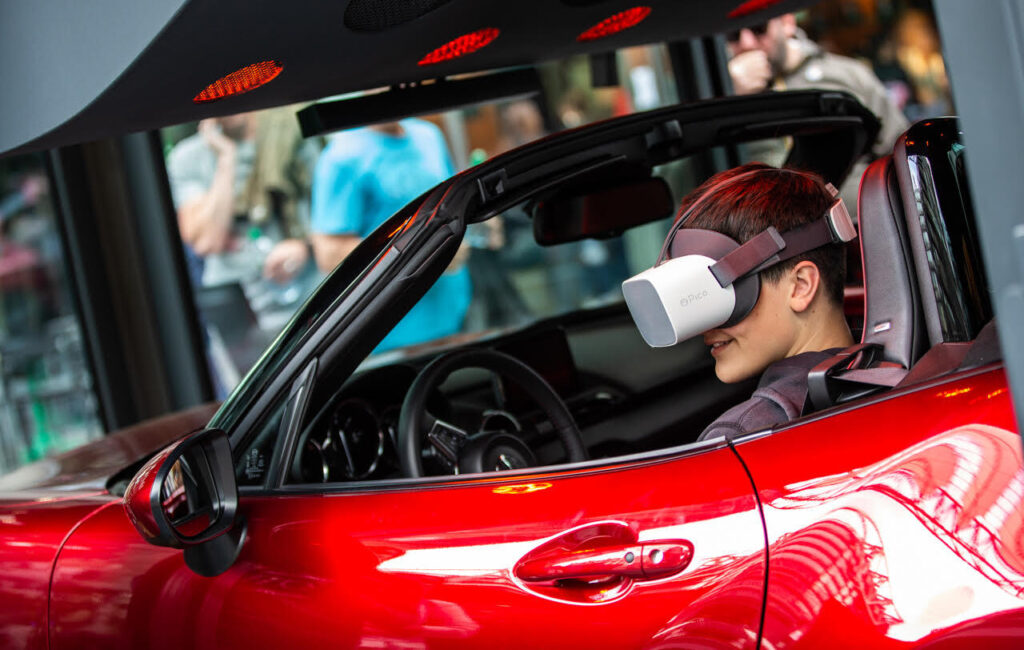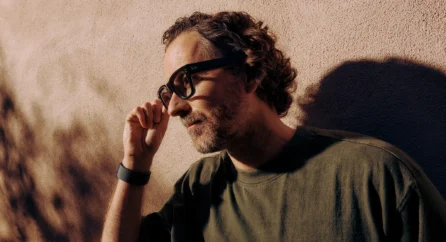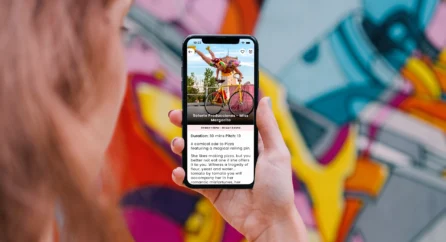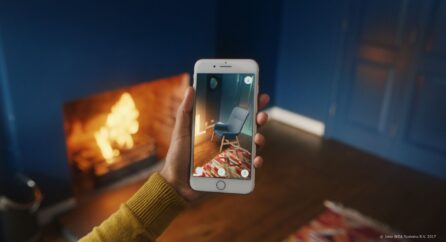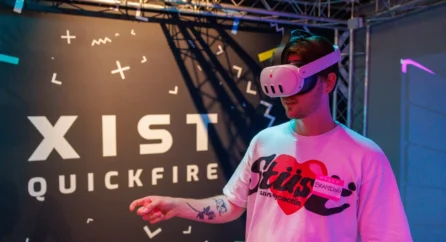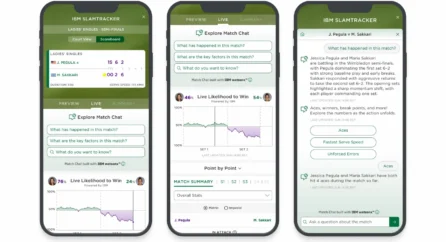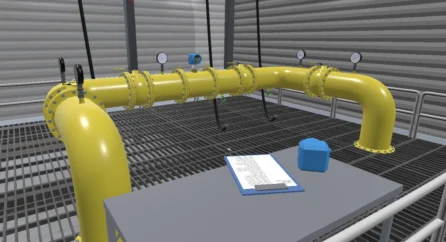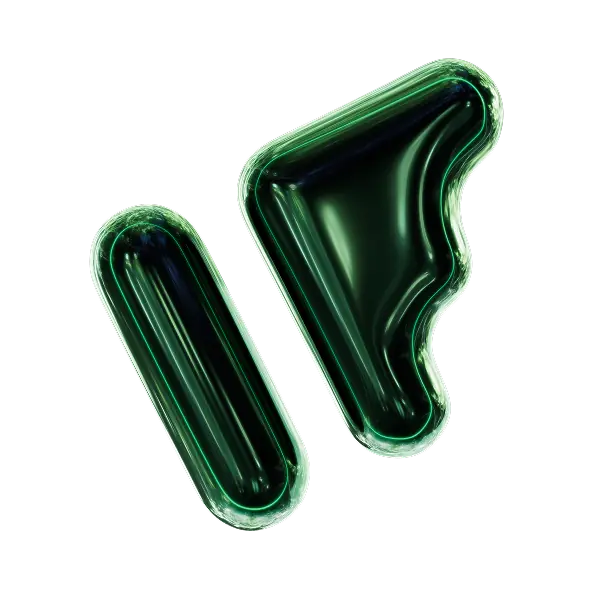Home Knowledge Base VR audio design: creating immersive sound in 360 experiences
VR audio design: creating immersive sound in 360 experiences
17th July 2019
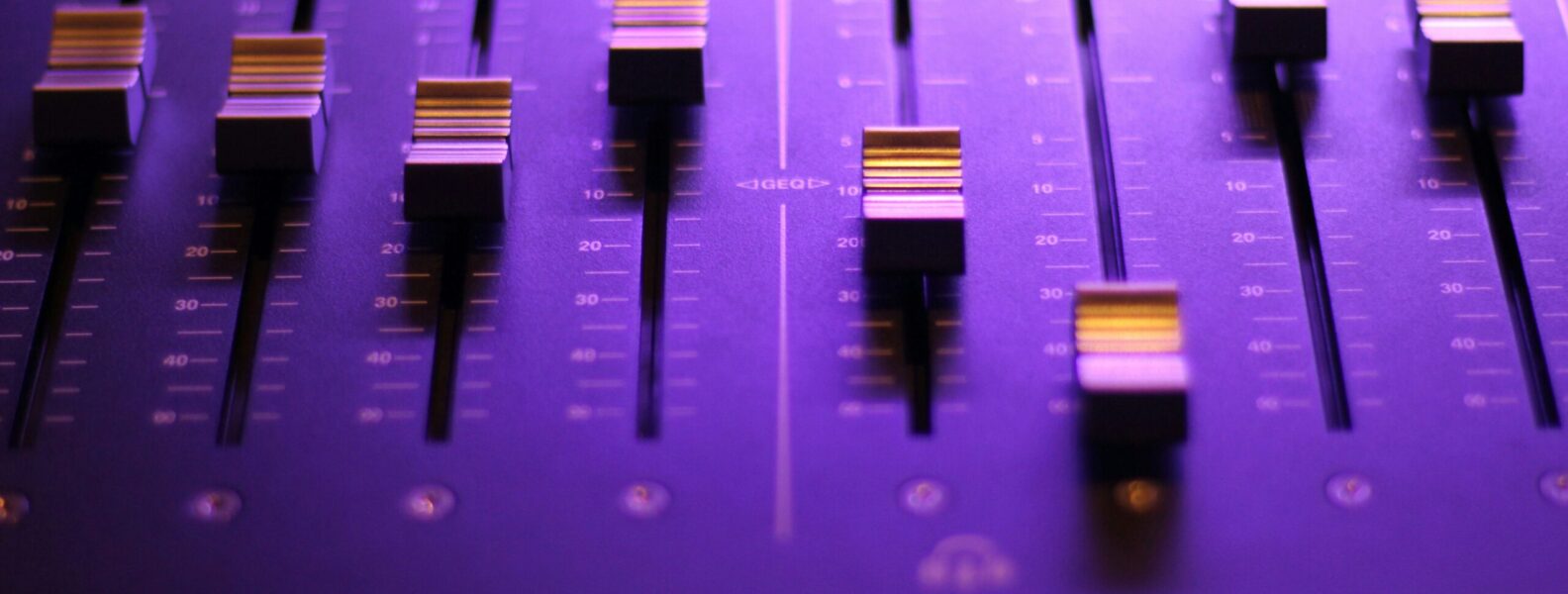
Virtual reality (VR) and 360º experiences create stunning visual worlds that surround the viewer. But to make an experience truly immersive, sound design is just as important. Audio can make or break a VR experience, yet it is often overlooked. Jamie Currie, Lead Developer and audio engineer, explains why and how to optimise sound for 3D spaces.
Why audio matters in VR
Many VR and 360º experiences use headlocked audio, where sound moves with the user’s head. This is unrealistic – in the real world, sound comes from fixed sources. To maintain immersion, audio should match the environment: from the right amount of reverb to sound that reflects the direction of its source. This approach is known as spatial audio.
Spatial and binaural audio
- Spatial audio (ambisonics) provides full-sphere surround sound that mimics real-world audio, making VR experiences feel authentic.
- Binaural audio achieves a similar effect but is optimised for headphones, creating a realistic 3D audio experience for each listener.
Choosing the right approach depends on your VR project and user setup.
Headphones or speakers?
- Headphones work well for individual or interactive experiences, using headset telemetry to accurately mix audio channels.
- Speakers and surround sound setups allow multiple users to experience audio simultaneously, making social or public experiences more comfortable and accessible.
For example, in a VR test drive for Mazda, a 5.1 surround sound system let users feel immersed without headphones, increasing throughput while retaining realism.
Considerations for multiple users include:
- Maintaining accurate spatial placement of sounds
- Balancing interactivity with comfort
- Avoiding sound pollution in shared spaces
Planning your audio
Creating convincing audio requires time and attention. Whether using binaural or spatial sound, allow enough time in your schedule to build, test, and refine the mix. Subtle audio cues enhance immersion, support the narrative, and make VR worlds feel believable.
Ignoring sound design often leads to headlocked audio that undermines the experience. By prioritising careful audio planning, you can create VR and 360 experiences that are visually stunning and audibly immersive.

Jamie Currie
Jamie joined Infinite Form in early 2017, bringing with him pioneering experience in VR development as well as skills that range from sound design to building mobile apps to electronics. He leads development across our VR and AR projects – helping push the boundaries for all our technical projects. He’s also a musician and surfer.
Related posts

